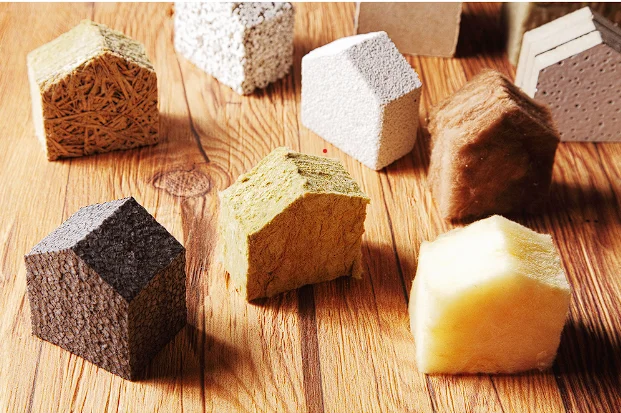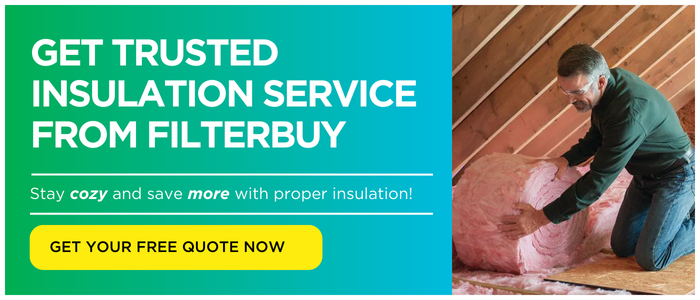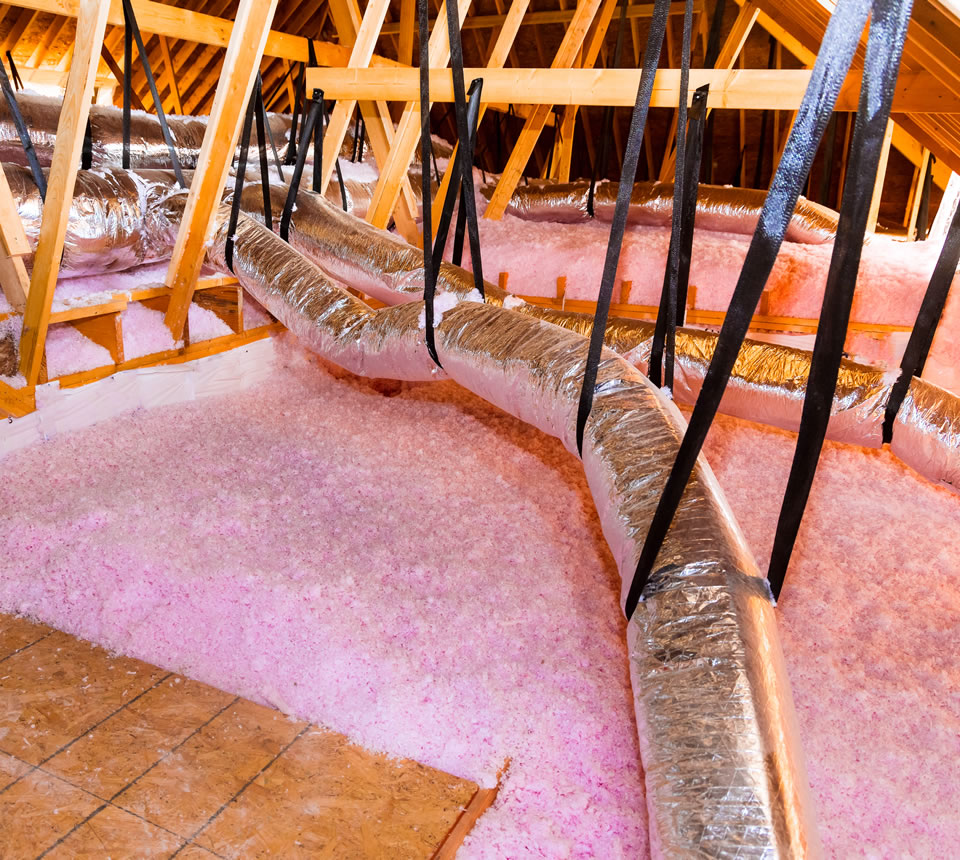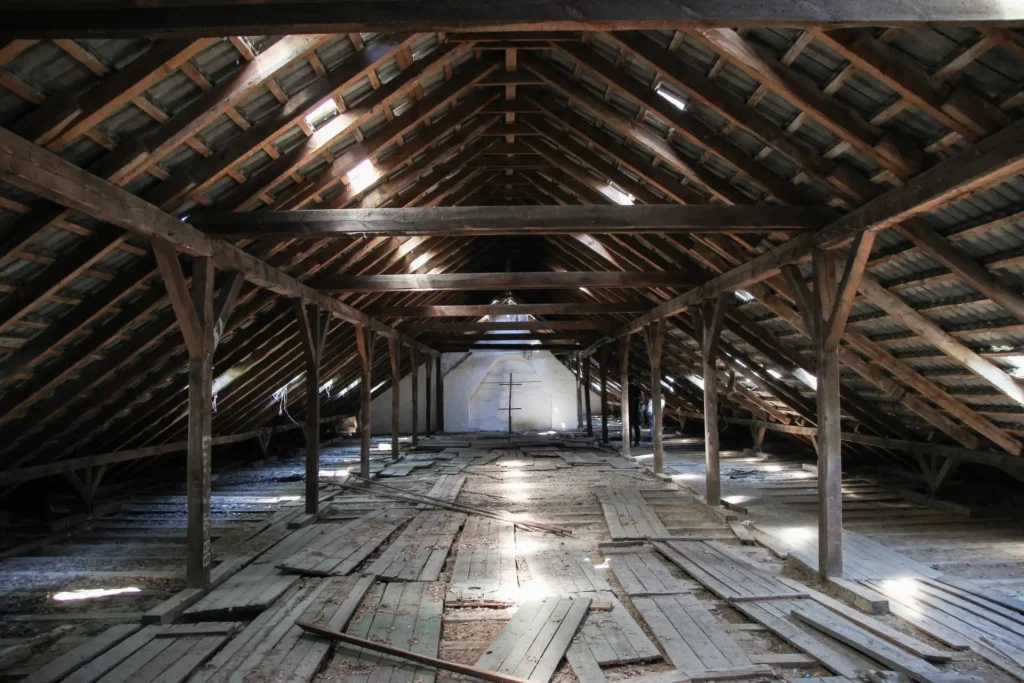In your quote, look for the R-value. It shows how well insulation keeps heat in or out. Watch for hidden fees like removal or cleanup costs. You should also see a clear breakdown of the insulation price per square foot and the full cost to install insulation, not just the material itself.
Filterbuy HVAC Solutions believes in transparency and honesty when it comes to pricing. Just clear communication and quality service.
Top Takeaways
- Collect different quotes to compare insulation installation cost. This is to avoid overpaying.
- Check if your quote includes insulation type, R-value and potential energy savings.
- Watch out for hidden charges. Like removal, disposal or required permits.
- Verify contractor licenses and insurance. Also check customer feedback.
- A full quote should explain the cost of replacing insulation if old material must be removed.
How Different Insulation Types Work
Spray foam and fiberglass are two of the most common choices. Spray foam expands into small spaces. It has a higher R-value, which makes it very effective.
Fiberglass is also a trusted option. It is more affordable and easier to install. When installed the right way, it delivers strong and reliable results.
Filterbuy HVAC Solutions uses Owens Corning ProCat fiberglass. This material is known for its performance and durability. It avoids the gaps often found in older batting styles. Homeowners get excellent results at a fair house insulation price.
More than 90% of homes are under-insulated. Adding the right amount of fiberglass lowers heating and cooling bills by up to 15%. It also keeps indoor temperatures steady. It helps reduce hot and cold spots.
“Our AC was running non-stop before Filterbuy HVAC Solutions added insulation. They used Owens Corning ProCat and showed us how it would help. Now, our system doesn’t work as hard, and we expect it to last years longer.” – Maria T., Boca Raton, FL
Evaluating Insulation Contractors
It’s key to pick a good insulation contractor along with the right insulation type. A knowledgeable installer helps keep your home cozy and lowers energy bills.
Checklist for hiring a reliable contractor:
- Credentials – Look for licensed, certified and insured contractors.
- Experience – Professionals who update their training provide better results.
- Customer reviews – Reviews show professionalism, reliability and work quality.
- Warning signs – Be cautious if you see many negative reviews or unresolved complaints.
At Filterbuy HVAC Solutions, our team meets these standards so you can trust us to handle your insulation needs with care and expertise.
Deciphering Your Insulation Quote
Your insulation quote should list the insulation type, R-value, and expected efficiency improvements. It should also explain project details like whether it’s for your attic, walls, or floors. A clear proposal also outlines the insulation installation instructions so you know what steps will be taken in your home.
For example, attic insulation installation by Filterbuy HVAC Solutions follows a clear process:
- Free Estimate – They review your home and give a fair price.
- Survey Existing Insulation – They check current levels and areas that need work.
- Project Pricing & Specifications – You get a detailed, upfront quote so you know the exact cost of replacing insulation.
Possible Additional Costs
Extra costs appear if your old insulation needs removal or if permits are required. Or if your home has hard-to-reach spaces. Some contractors also charge for cleanup or disposal.
When comparing quotes, ask about these costs so you’re not surprised later. The insulation installation cost should always be explained clearly with no hidden fees.
What the Numbers Say
U.S. Department of Energy notes insulation material’s resistance to heat is called its R-value. A higher R-value means better insulation.
The Environmental Protection Agency says that using certified experts is key to installing insulation correctly. The EPA also warns that some insulation installation quotes have extra costs. These costs may not be clear at first.
These points help you understand insulation and choose the right installer while watching for hidden expenses.
Filterbuy’s Opinion on Getting an Insulation Installation Quote
Getting an insulation installation quote isn’t just about comparing prices. It’s about understanding what’s included and the quality of work. Also also how it impacts your comfort.
With Filterbuy HVAC Solutions, you get honest, upfront pricing and certified technicians who care about your home. Their local expertise and family-owned values ensure you get reliable service, whether it’s for attic insulation or HVAC tune-ups.
Discover more helpful tips when getting an insulation installation quote. Visit Filterbuy.com for more details and expert advice.
Frequently Asked Questions
How much insulation is needed for 1,000 square feet?
It depends on where you live and your local weather. Colder areas need thicker insulation. While warmer areas may need less.
What is the labor cost to insulate a crawl space?
The labor cost changes based on material and space size. Spray foam costs more but saves more energy. Fiberglass is cheaper and still effective.
How much does blown-in insulation cost per square foot?
Blown-in insulation costs more per square foot than batts or rolls. But it seals spaces better and can lower long term energy bills. Use an insulation quote calculator to compare prices.
What is the insulation installation cost per square foot for a 400-square-foot room?
Batt insulation costs less and is easy to install. Blown-in insulation costs more but covers every corner. Your total cost depends on room size and material choice.
How do you figure out the right amount of insulation?
Check the R-value of the material. Divide the area by the R-value to see how well it resists heat flow. Higher R-values mean better insulation.
How thick is R30 insulation?
R30 insulation is thicker than lower grades. It works well in colder areas because it keeps heat in during winter and out during summer.
What is the home insulation cost for a 24×24 garage?
Fiberglass or mineral wool costs about $0.70 to $1.80 per square foot. Foam board insulation costs more, about $1.00 to $2.50 per square foot, but it gives stronger heat resistance.
Should I use faced or unfaced insulation?
Faced insulation has a vapor barrier. It works best in damp places like basements. Unfaced insulation is better for layering. Or in new builds where moisture is not a concern.
How much does home insulation cost for a 2,000 sq ft house?
Fiberglass batts cost about $0.64 to $1.19 per square foot. That equals $1,280 to $2,380 for a 2,000 sq ft home. Cellulose costs a little more. About $1,400 to $3,600.
What is the attic insulation replacement cost?
Replacing attic insulation depends on the type of material, removal needs, and space size. Factor in both materials and the labor cost to install insulation in attic when planning.
How do I estimate insulation costs?
Start by choosing a type: batt, blown-in, spray foam or radiant barrier. Then multiply the price per square foot by your area. Always ask contractors for a written quote.
What is the cheapest type of insulation?
Fiberglass batts and rolls are the most budget-friendly. They are easy to install and give solid energy savings for the price.
How many square feet does R19 insulation cover?
It depends on the product. Unfaced rolls usually cover about 77.5 square feet. Faced rolls cover around 50 square feet. Always check the package.
How much does home insulation cost overall?
The home insulation cost depends on house size, material type and labor. Always compare multiple quotes before choosing a contractor.
Where can I find insulation installation instructions?
Most manufacturers provide guides with their products. Contractors also explain the process during a quote. Ask them to walk you through their steps so you know what to expect.








